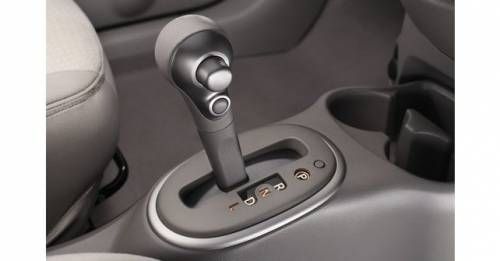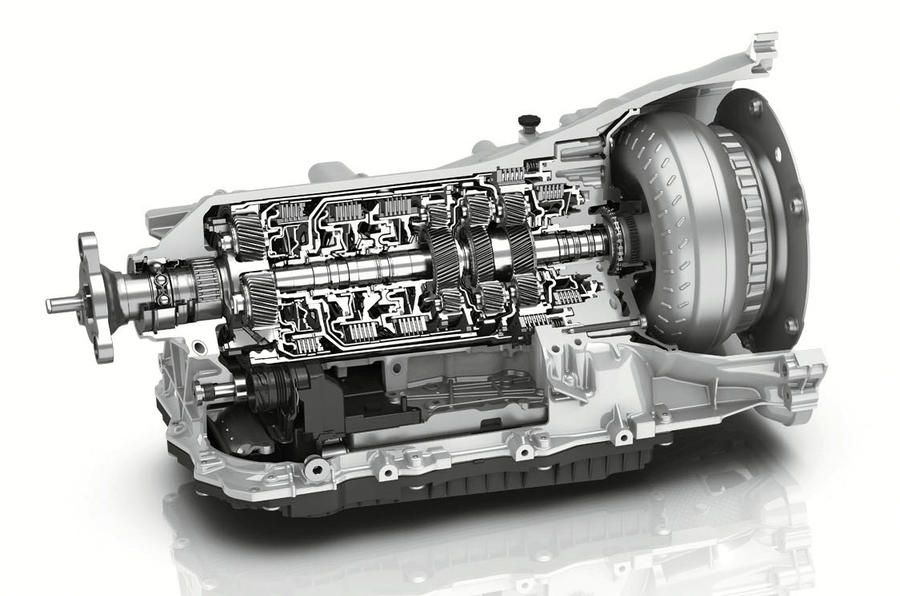- Torque Converter In An Automatic Transmission
- Torque Converter Automatic Transmission Porsche Low Fluid
Automatic Transmission Torque Converters
Torque Converter Get the Parts that Fit Filter your results by entering your Year, Make, Model to ensure you find the parts that fit your vehicle. Basic transmission can be combined with multiple power take-up elements including the torque converter, the hybrid drive, and the integrated power take-up element. Full hybrid compatibility: on the basis of the parallel hybrid concept, mild, full and plug-in hybrid systems can be implemented with the basic transmission of the 8-speed automatic. Torque Converters Your only source for automatic transmission torque converters, Speedway Motors carries a wide range of application specific replacement and performance torque converters. Available for GM Turbo-hydramatic, Powerglide, Chrysler, and other automatic transmissions, you’ll find the right one for your ride and within your.

Ever wonder what a torque converter does?
The torque converter transfers power from the engine to the transmission.
Without a torque converter, your automatic transmission won’t work.
Cars with automatic transmissions don’t have clutches, so they need a way to let the engine keep running while the wheels and gears in the transmission come to a stop. Manual transmission cars use a clutch that disconnects the engine from the transmission. Automatic transmissions use a torque converter.
A torque converter is a coupling that relies on a fluid hydrodynamic to allow the engine to spin independently of the transmission.
When the engine is idling, such as at a stop light, the amount of torque going through the torque converter is small, but still enough to require some pressure on the brake pedal to stop the car from creeping. When you release the brake and step on the gas, the engine speeds up and pumps more fluid into the torque converter, causing more power (torque) to be transmitted to the wheels.
How does a torque converter work?
There are three main parts in a torque converter.
1. Impeller
The first part of the torque converter assembly is called the impeller, also known as the pump. It is filled with fluid and it spins with the engine crankshaft. The faster it spins, the more force is created as the fluid flows through it faster and harder.
2. Turbine

Kasparov chessmate android. The impeller forces the fluid into an assembly of blades called the turbine. The turbine sits opposite the impeller and rotates as the fluid from the impeller hits its blades. As the fluid flows through the turbine, it is repeatedly transferred from the outer section to the inner section of the turbine, then returned to the impeller. This constant circulation of fluid from impeller into turbine, then back to impeller, creates a fluid “coupling.”
3. Stator

The stator reverses the fluid and sends it back to the impeller, thereby slowing the fluid. As the transmission fluid returns to the impeller to keep the cycle going is where the torque is created. At this point the fluid is flowing in a different direction than it was originally as it came out of the impeller. This is where the stator comes in. The stator is another series of fins located between the two turbines on the transmission shaft. Its blades are angled so that when the transmission fluid flows into them, it reverses direction and gets channeled back to the impeller. When the vehicle stops, the stator’s one-way “clutch” causes it to stop spinning, which breaks the hydrodynamic circuit.
Along with the impeller, turbine, and stator are three stages of operation.

1. Stall
The engine provides power to the impeller, but the impeller doesn’t rotate because the driver keeps pressure on the brake, such as when at a stop light. The vehicle does not move, but it does not stall.
2. Acceleration
Acceleration occurs when the driver takes his foot off the brake and steps on the gas pedal. The impeller starts rotating faster, and there is a large difference between the impeller and turbine speed. This creates torque, and the converter produces torque multiplication, which is necessary for acceleration.
3. Coupling
As the vehicle reaches cruising speed, the turbine rotates at about the same rate as the impeller, and torque buildup stops. At this stage the torque converter is just a fluid coupling. The automatic transmission uses what is called a lockup clutch to “lock” the turbine to the impeller. This eliminates power loss and keeps the car moving smoothly. Because the impeller is mounted to the torque converter housing, and the converter is connected to the engine, the impeller gets its power from the engine. The turbine is connected to the output shaft, which sends power to the transmission. This why you might experience shaking or shuddering when something goes wrong with the torque converter.
Transmission troubles could actually be the torque converter.
Torque converter problems can be misinterpreted as symptoms of a failing transmission.
Don’t be misled into thinking you need expensive repairs, or even a full transmission replacement.
An accurate Vehicle Courtesy Check by a trained, honest transmission technician will tell you what the problem is and what repairs you need. Sure, replacing the torque converter isn’t cheap, but it’s definitely less costly than a new transmission. Diagnosing the cause of a transmission issue isn’t easy. AAMCO Colorado’s local technicians can help. It might just be a fluid leak, or something else altogether – our transmission inspection and Vehicle Courtesy Check help us find the problems and recommend the right services.
Signs of a failing torque converter are much like that of a failing transmission. Here are some things to be aware of.
Shaking and Shuddering
If your car shakes and shudders, it might mean the lockup clutch is failing or needs adjustment. You’ll experience the car shaking at speeds around 35-45 miles per hour. It’s a problem you cannot miss. It feels like you’re driving on a grated dirt road with a lot of small ridges. A worn out lockup clutch can make the transition from acceleration to cruising speed uncomfortable, to say the least – and it’s a sign you need to have your transmission checked.
Overheating

If your car overheats regularly, it might be a sign the transmission fluid is low. Low fluid results in low pressure, which means the torque converter can’t do its job. Additionally, low fluid can cause the torque converter to malfunction. If the converter is overheating, it won’t be able to transfer power from the engine to the transmission. This results in poor acceleration and excessive wear and tear on the transmission.
Slipping
A damaged fin in the torque converter can cause faltering in the transmission as it shifts, or the transmission to totally slip out of gear. This is due to the engine torque not being converted into the hydraulic pressure the transmission needs to shift gears. Slipping can also be caused by too little or too much fluid in the transmission.
Increased Stall Speed
A malfunctioning or failing torque converter will cause the transmission take longer to engage with the engine. This results in high stall speeds. There is a way to test for this, but you must know your engine’s and torque converter’s speed specifications. It’s easier to just bring your car to AAMCO and let the experts diagnose it.
Strange sounds are always a sign of something troublesome…
Torque Converter In An Automatic Transmission
Any weird sounds such as clicking, revving, clunking, or whining indicate possible problems with the torque converter – or the transmission. Whichever the case may be, you won’t know until you pay attention to those noises, take heed, and take your car to a qualified expert transmission technician.
Related: Maintaining a Healthy Transmission
Poor maintenance is a poor excuse for transmission problems.
Even a poorly built transmission will suffer from poor maintenance. Things such as wrong fluid types or incorrect amounts of fluid can cause a lot of damage to a transmission. Incorrect fluid levels usually result from a poor or nonexistent maintenance schedule, as well as ignorance of what is required to effectively maintain a car. If you do check the transmission fluid regularly, and have it changed or flushed according to the manufacturer’s recommended maintenance schedule, then you should not have much to worry about. If you check the fluid yourself, be aware of not only the levels, but the colors. Here’s a handy chart:
Neglecting to be aware of the simple things that can help or hinder your transmission will speed its demise.
AAMCO Colorado – Your Transmission Experts
Visit an AAMCO Colorado transmission repair and total car care center near you. When larger issues arise and you need transmission repair, rebuild, or replacement schedule an appointment before it’s too late.
Torque Converter Automatic Transmission Porsche Low Fluid
If you have questions about your car’s road readiness, or about car repair and maintenance topics, AAMCO Colorado can help. You can also go online and use the AAMCO Colorado Ask a Mechanic feature to submit your auto repair questions. They will be answered by a real AAMCO Colorado mechanic as soon as possible.
